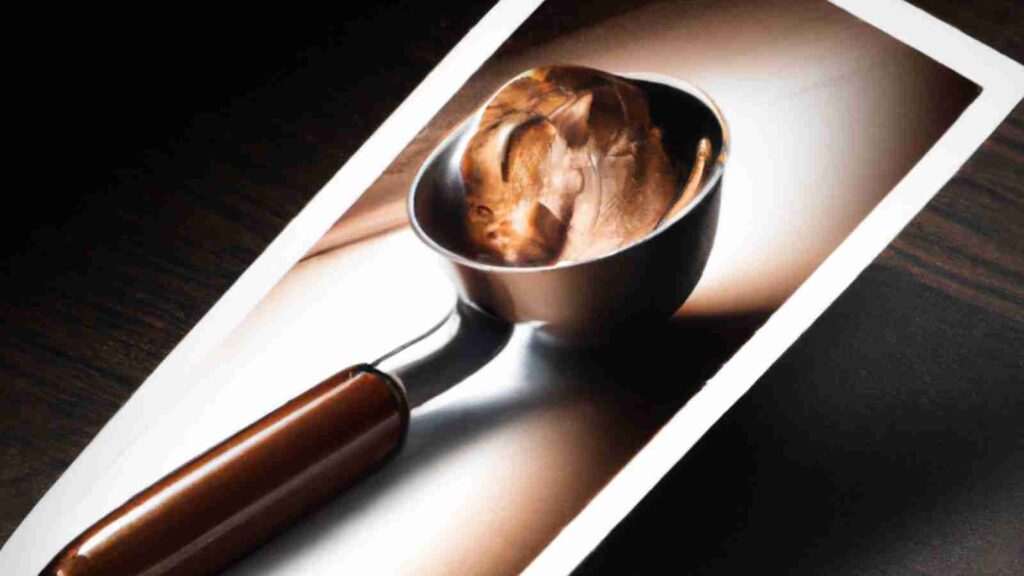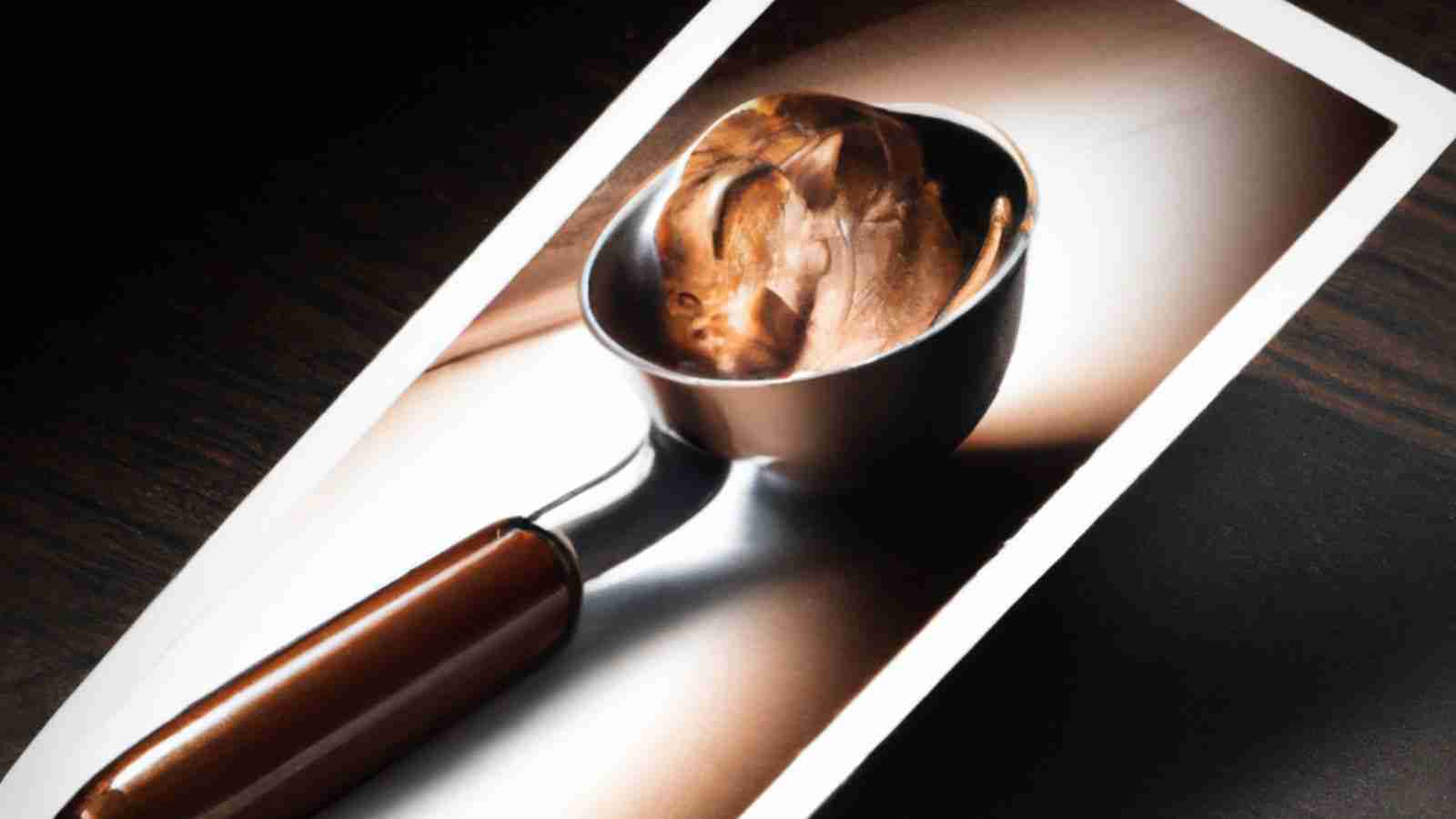
Demystifying the Coffee Scoop: What Size is Right for Your Perfect Brew?
The quest for the perfect cup of coffee is a journey many of us embark on daily. From the bean selection to the brewing method, every detail contributes to the final, flavorful result. Among these crucial elements is the humble coffee scoop. But have you ever stopped to wonder: what size is a coffee scoop, and how does it impact the taste of your morning ritual? This article delves into the world of coffee scoops, exploring their standard sizes, the importance of accurate measurement, and how to achieve the ideal coffee-to-water ratio for a consistently delicious brew.
Understanding the Basics: What is a Coffee Scoop?
At its core, a coffee scoop is a measuring tool designed to hold and dispense ground coffee beans. Unlike a regular kitchen spoon, coffee scoops are typically designed to hold a specific amount of coffee, ensuring consistency in each brew. This consistency is key to replicating your favorite coffee shop experience at home.
The Standard Size: How Big is a Coffee Scoop?
The most common coffee scoop size is two tablespoons, equivalent to approximately 10 grams of ground coffee. This is the standard measurement often recommended for a six-ounce cup of coffee. However, it’s essential to remember that coffee density can vary depending on the roast and grind. Therefore, the actual weight of coffee in a scoop might fluctuate slightly.
Why Measurement Matters: The Importance of Coffee-to-Water Ratio
The secret to a great cup of coffee lies in the coffee-to-water ratio. This ratio determines the strength and flavor of your brew. Using too little coffee will result in a weak, underwhelming cup, while using too much can lead to a bitter, over-extracted taste. The standard recommendation is a ratio of 1:15 to 1:18, meaning one part coffee to 15 to 18 parts water by weight. Using a coffee scoop of the correct size helps you maintain this ratio consistently.
Exploring Different Coffee Scoop Sizes
While the two-tablespoon scoop is the most prevalent, other sizes exist. Some scoops are designed for single-serve coffee makers, holding a smaller amount. Others are designed for larger coffee pots, measuring out more coffee at once. Understanding these variations is crucial to achieving the desired strength and flavor profile.
The Two-Tablespoon Scoop (Standard)
As mentioned earlier, this is the workhorse of the coffee world. Its two-tablespoon capacity makes it ideal for standard brewing methods like drip coffee makers, pour-over, and French press. This coffee scoop size provides a good starting point for experimenting with your coffee-to-water ratio.
Single-Serve Scoops
These smaller scoops are designed for single-serve coffee makers or for those who prefer a smaller cup of coffee. They typically hold one tablespoon of coffee, providing a convenient and accurate way to brew a single serving.
Scoops for Larger Batches
If you’re brewing for a crowd, larger scoops can save time and effort. These scoops may hold up to a quarter cup or more of coffee, making it easier to measure out larger quantities.
Factors Influencing Coffee Scoop Size and Usage
Several factors can influence the coffee scoop size you choose and how you use it. These include your brewing method, your preferred coffee strength, the type of coffee beans you use, and your personal taste preferences.
Brewing Method
Different brewing methods may require slightly different coffee-to-water ratios. For example, French press often requires a coarser grind and a slightly higher coffee-to-water ratio compared to pour-over. Understanding your brewing method will help you determine the appropriate coffee scoop size and coffee-to-water ratio.
Coffee Strength Preferences
If you prefer a stronger cup of coffee, you may need to use more coffee per cup. This means using a slightly fuller scoop or adding an extra half scoop. Conversely, if you prefer a milder brew, you can use a slightly less full scoop.
Type of Coffee Beans
The type of coffee beans you use can also influence the ideal coffee scoop size. Lighter roasts tend to be less dense than darker roasts, so you might need to use a slightly fuller scoop for lighter roasts to achieve the same strength.
Personal Taste
Ultimately, the best coffee scoop size and coffee-to-water ratio are the ones that produce a cup of coffee you enjoy. Don’t be afraid to experiment with different amounts of coffee until you find the perfect balance for your palate.
Tips for Accurate Coffee Scooping
Achieving accurate measurements is essential for consistent results. Here are some tips for using your coffee scoop effectively:
- Level Off: When scooping, use a knife or a straight edge to level off the grounds at the top of the scoop. This ensures you are using the correct amount of coffee.
- Weigh Your Coffee: For the most accurate measurements, consider using a kitchen scale to weigh your coffee beans. This removes any guesswork and ensures consistent results.
- Consider the Grind: The grind size of your coffee can affect the density. Finer grinds pack more tightly, so you might need to adjust your scoop accordingly.
- Experiment and Adjust: Don’t be afraid to experiment with different scoop sizes and coffee-to-water ratios until you find what works best for you.
Beyond the Scoop: Other Coffee Brewing Essentials
While the coffee scoop is a crucial tool, it’s just one piece of the puzzle. Other essential elements for brewing a great cup of coffee include:
- Freshly Roasted Beans: Use freshly roasted coffee beans for the best flavor.
- Proper Grind Size: Grind your beans to the appropriate size for your brewing method.
- Clean Water: Use filtered water for the best taste.
- Brewing Method: Choose a brewing method that suits your preferences.
- Quality Equipment: Invest in quality coffee brewing equipment, such as a grinder, a brewer, and a kettle.
Conclusion: Mastering the Coffee Scoop for Coffee Perfection
Understanding the coffee scoop size and its role in the brewing process is fundamental to achieving coffee perfection. By using the correct scoop size, maintaining a consistent coffee-to-water ratio, and experimenting with different variables, you can unlock the full potential of your coffee beans and enjoy a consistently delicious cup every time. Remember that the ideal coffee scoop is not just a tool; it’s a stepping stone towards a more refined and enjoyable coffee experience. So, the next time you brew your coffee, take a moment to appreciate the simple yet significant role of the coffee scoop in your daily ritual. The journey to coffee mastery begins with understanding the basics, and the coffee scoop is a great place to start.
[See also: Related Article Titles]


